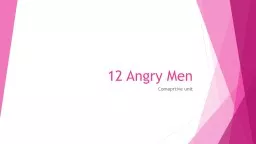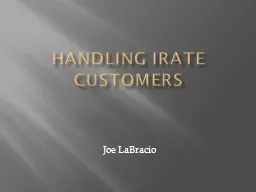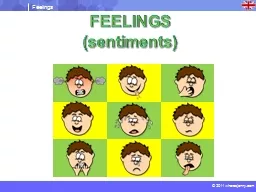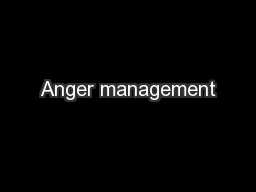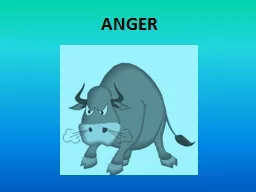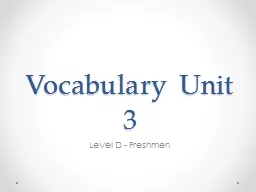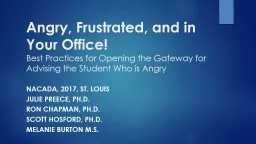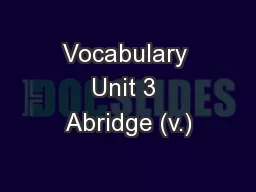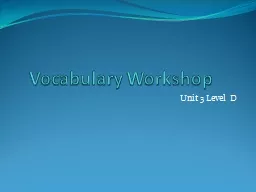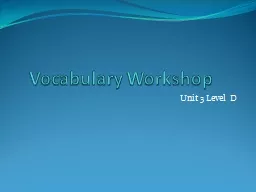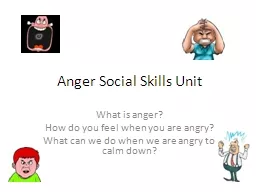PPT-12 Angry Men Comaprtive unit
Author : faustina-dinatale | Published Date : 2018-11-07
The Play written in 1954 Social Context McCarthyism Joseph McCarthy Ed Murrow httpwwwyoutubecomwatchvFQQaX2h1plo httpwwwyoutubecomwatchvBIkU4MMQZ54ampfeaturerelated
Presentation Embed Code
Download Presentation
Download Presentation The PPT/PDF document "12 Angry Men Comaprtive unit" is the property of its rightful owner. Permission is granted to download and print the materials on this website for personal, non-commercial use only, and to display it on your personal computer provided you do not modify the materials and that you retain all copyright notices contained in the materials. By downloading content from our website, you accept the terms of this agreement.
12 Angry Men Comaprtive unit: Transcript
Download Rules Of Document
"12 Angry Men Comaprtive unit"The content belongs to its owner. You may download and print it for personal use, without modification, and keep all copyright notices. By downloading, you agree to these terms.
Related Documents

